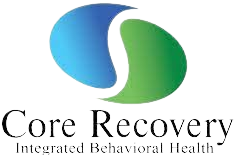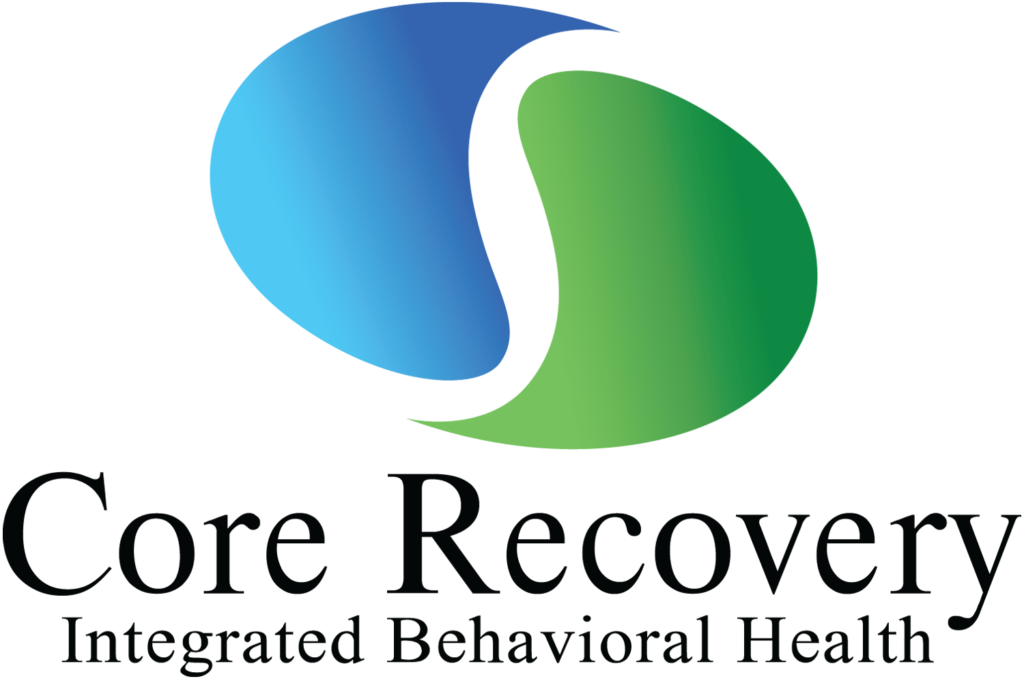Exploring the Role of Art in Promoting Self-Discovery and Healing
Art therapy, a dynamic blend of creativity and psychological healing, has emerged as a promising avenue in treating eating disorders. At the crossroads of artistic expression and mental health, Art Therapy for eating disorders has gained traction for its potential to foster recovery. In this blog post, we embark on a journey to uncover the significance of art therapy in eating disorder treatment. Delving into its myriad benefits, we aim to show why embracing art therapy can be instrumental in the recovery process. Let’s explore how creative exploration can lead to healing and self-discovery.
Understanding Eating Disorders
Eating disorders encompass intricate mental health struggles that extend well beyond mere physical impact. Their diverse manifestations, from anorexia to binge eating, hold distinct traits and repercussions. This expedition into the realm of eating disorders delves deep, unraveling the intricate tapestry that weaves these conditions together. We’ll navigate through their various types, shedding light on the intricate psychology and profound emotions that propel these disorders. Beyond the surface, we’ll uncover the emotional complexities that contribute to their persistence. This journey encourages understanding and empathy and is a vital step toward a more comprehensive approach to treatment and recovery.
Psychological and Emotional Components
Eating disorders are rooted in intricate psychological and emotional factors. Individuals struggling with these disorders often experience the following:
- Low Self-Esteem: A distorted body image and societal pressure can lead to feelings of inadequacy, contributing to low self-esteem.
- Perfectionism: Striving for an unrealistic and often unattainable standard of perfection can trigger and perpetuate eating disorders.
- Control and Coping: For some, strict control over food intake becomes a way to manage emotions, anxiety, and stress.
- Trauma and Emotional Pain: Underlying trauma and emotional pain can manifest in disordered eating behaviors as a coping mechanism.
- Social and Cultural Influences: Societal emphasis on body image and beauty ideals can fuel the development of eating disorders, particularly among young individuals.
- Depression and Anxiety: Eating disorders commonly coexist with depression and anxiety, forming a complex interplay of emotional challenges.
Eating disorders are complex psychological and emotional issues that impact every aspect of an individual’s life. Understanding these components is crucial for effective treatment and successful recovery. Art therapy plays a vital role in understanding these intricacies, providing a means for communication, emotion processing, and self-discovery. This will be explored in subsequent sections, highlighting its transformative benefits.
Benefits Of Art Therapy For Eating Disorders
Art therapy, a unique and innovative approach, has shown remarkable promise in eating disorder recovery. Individuals grappling with these complex conditions can find a transformative outlet for healing by harnessing the power of creative expression. Let’s delve into art therapy’s profound benefits, offering a canvas for emotional release, body image improvement, self-discovery, mindfulness, and distraction.
- Emotional Release: Art therapy provides a safe space for individuals to express emotions that might be difficult to articulate verbally. Through artistic creation, feelings of fear, anger, sadness, and frustration can find an outlet, allowing individuals to process and release pent-up emotions.
- Body Image Improvement: Eating disorders often distort individuals’ perceptions of their bodies. Art therapy enables them to explore their bodies through a creative lens, fostering a healthier and more compassionate relationship with their physical selves. Engaging with art can gradually reshape negative body image perceptions.
- Self-Discovery: The creative process encourages introspection and self-exploration. Through art, individuals can uncover hidden aspects of themselves, confront unresolved issues, and gain insights into their emotions and behaviors. This journey of self-discovery is pivotal in fostering personal growth.
- Mindfulness and Distraction: Artistic engagement demands focus and concentration, promoting mindfulness as individuals immerse themselves in the creative process. This absorption in the present moment offers a respite from distressing thoughts related to food, body image, and other triggers.
- Empowerment and Control: Creating art empowers individuals by giving them control over their artistic choices. This newfound agency can extend beyond the creative process and into their recovery journey.
- Stress Reduction: Engaging in artistic activities triggers dopamine release, often called the “feel-good” neurotransmitter. This can lead to reduced stress and increased feelings of joy and accomplishment.
- Resilience Building: Art therapy cultivates resilience by encouraging individuals to confront challenges in a supportive environment. Creating art and overcoming artistic hurdles translate to real-life coping skills.
- Sense of Accomplishment: Completing an artistic project provides a tangible sense of accomplishment and mastery. This sense of achievement can bolster self-esteem and motivation in the recovery journey.
Incorporating art therapy into treating eating disorders enriches recovery by addressing emotional and psychological aspects often overlooked by traditional therapies. By embracing creativity, individuals embark on a path of healing, where art becomes a powerful tool to rewrite their narratives, reshape their perspectives, and rediscover their inner strength.
Art Therapy Techniques For Eating Disorders
With its myriad techniques, art therapy offers a rich palette of possibilities for individuals navigating the intricate landscape of eating disorders. This creative modality provides a safe and expressive outlet for addressing emotional challenges, body image issues, and self-discovery. Let’s explore a range of art therapy techniques that serve as transformative tools in the journey toward healing and recovery.
Collage and Self-Portraits
Collages allow individuals to explore and communicate their feelings about body image and self-perception. They can visually depict their inner struggles and aspirations by assembling images that resonate with their emotions. Creating self-portraits empowers them to depict their bodies in a more compassionate light.
Sculpture and Symbolism
Sculpture serves as a tactile medium for translating emotions into tangible forms. Individuals can shape their feelings into sculptures with symbolic meaning, providing insights into their emotional landscape and personal growth.
Body Tracing and Exploration
Body tracing involves outlining one’s body on paper and then filling it with images, colors, or words representing one’s emotions and perceptions. This technique aids in exploring the connection between emotions and the physical body.
Emotional Landscapes
Individuals can craft landscapes that mirror their emotional states, using colors, shapes, and elements to represent their feelings. This technique provides a unique perspective on their emotional journey.
Group Art Projects
Participating in group art projects fosters a sense of community and shared experience. Collaborative art can provide a safe space for individuals to express themselves while connecting with others who understand their struggles.
Art therapy techniques offer a dynamic and customizable approach to eating disorder recovery. Creating art invites individuals to navigate their emotions, confront challenges, and discover newfound resilience. By embracing these techniques, individuals can paint a path toward healing, self-acceptance, and personal transformation. Remember, the canvas is a surface for artistic expression and a mirror reflecting the beauty of one’s journey.
Incorporating Art Therapy Into Treatment
Eating disorders are complex conditions that affect both the body and the mind, requiring comprehensive treatment approaches. While traditional therapies play a crucial role, integrating art therapy into treatment plans has gained recognition for its unique ability to address these disorders’ emotional and psychological facets. Let’s explore how art therapy is seamlessly woven into the fabric of comprehensive treatment strategies, enhancing the recovery journey.
- Expressing the Inexpressible: Art therapy taps into the unspoken depths of emotions that often evade verbal expression. For individuals grappling with eating disorders, articulating their struggles can be challenging. Through various art forms like painting, sculpting, and collage, they find a safe space to give form to their emotions, fears, and hopes. The act of creation bridges their internal worlds and the external realm, allowing for self-discovery and catharsis.
- Nurturing Self-Compassion: Art therapy helps individuals with eating disorders by encouraging them to create art that reflects their self-perceptions. This process transforms critical perspectives into nurturing ones, leading to increased self-acceptance and self-worth in daily life.
- Mindfulness in Every Stroke: Art’s therapeutic properties stem from its ability to induce mindfulness, requiring focus and presence. This mindfulness cultivates control over the present moment, which is crucial for eating disorder recovery. Engaging in art helps redirect anxious energies and build resilience against triggers.
- Collaboration and Progress: Art therapy involves collaboration between art therapists, psychologists, and medical professionals, ensuring treatment goals are aligned and progress is holistically tracked. This approach creates a well-rounded environment for various aspects of recovery.
- Embracing Imperfection: Art is inherently subjective, and there’s no ‘right’ or ‘wrong’ way to create. This principle aligns with the journey of healing from eating disorders, where perfectionism can be a significant hurdle. Art therapy encourages individuals to embrace imperfections, fostering a sense of freedom from rigid standards.
Incorporating art therapy into eating disorder treatment empowers individuals to embark on a multifaceted healing journey. Art therapy offers unique benefits that complement traditional therapeutic methods by providing an outlet for expression, fostering self-compassion, promoting mindfulness, and embracing symbolism. This collaborative approach exemplifies the comprehensive care needed for lasting recovery, illustrating the profound role of creativity in healing the body and mind.
Conventional approaches to treating eating disorders often struggle to address deep-seated emotional scars and negative self-perceptions. Recovery can feel like an uphill battle, leaving many lost and unheard.
What if there was a way to bridge the gap between inner turmoil and healing? What if you could express the unspoken pain, rewrite your self-image, and find solace in creativity?
Embrace the transformative power of Art Therapy for Eating Disorders. Through creative expression, you can unlock emotional release, reshape your body narrative, and embark on a journey of self-discovery. Reclaim your life. Contact us at 1(602)810-1210 or visit our website at www.corerecoveryaz.com to begin your healing process today.






 In CA By O360®
In CA By O360®